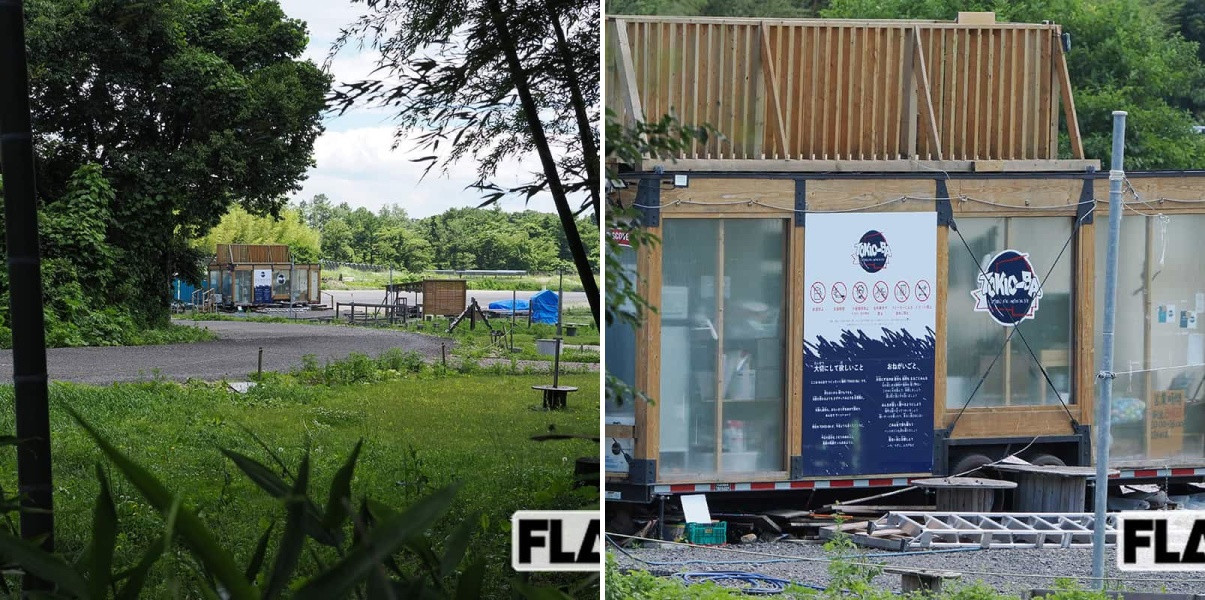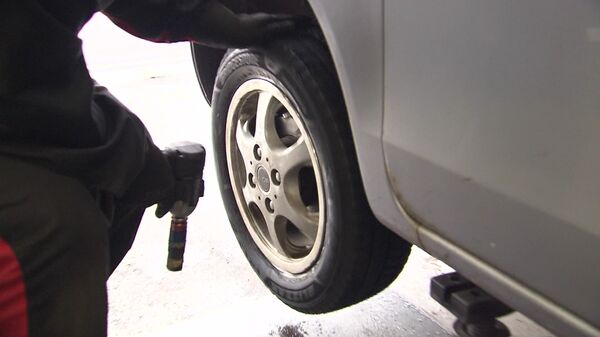
『ザ!鉄腕!DASH!!』降板をきっかけにTOKIOの解散まで引き起こした国分太一
人気バラエティ『ザ!鉄腕!ダッシュ!!』(日本テレビ系)でのコンプライアンス違反が発覚後、降板と芸能活動休止を発表し、表舞台から姿を消した元TOKIOの国分太一。10月23日に日本弁護士連合会に人権救済を申し立て、日本テレビは国分側の指摘について強く否定するという対立状態になっている。
「申立書では番組内の企画で設立され、7月に事業終了が発表された株式会社TOKIO-BAについても言及されていました。国分さんが社長を務める同社は、農業体験などができる野外施設として福島の西郷村に東京ドーム2個分(約8万平方メートル)の土地を借入により購入しています。この土地が《(同社の)解散に至るまでには土地の売却が必要で、売却代で借入金を賄えない場合は申立人(国分)が負担する状況》としており、現在は無職状態の国分さんには大きな負担になっているようです」(芸能記者)
このTOKIO-BAに関して、SNSではある“噂”が広がりつつある。
「この土地が外資に買われ、メガソーラー施設が建設されるのではないかという噂が飛び交っています。周辺地域にはソーラーパネルが数多く設置されており、TOKIO-BAの土地も狙われている、国分さんがコンプラ違反とされたのはハメられたからではないか、などの“陰謀論”めいた説が広がっているのです」(同前)
ただ、Xでは《国分太一が干されたのはメガソーラーに反対してたせいだってどうしてそう短絡的になるかな?》といった声が出ており、多くのユーザーがTOKIO-BAとメガソーラーを絡めるのは“デマ”だと考えているようだ。
「当然ですが、まさかTOKIO-BAの土地を取得するためにそこまでの陰謀が企てられるはずはないでしょう。そもそも、なぜメガソーラーが山間部でこれほど多いかというと、土地の取得コストが安いからです。陰謀を実行するコストを考えたらとても見合わないでしょう。それに、国分さんはコンプライアンス違反そのものを否定しているわけではないですからね」(芸能ジャーナリスト)
一方、TOKIO-BAの周辺がまさにメガソーラーに囲まれており、地元住民の間でも不安の声が出ているのは事実だ。近隣住民はこう明かす。
「この村の山は、次々と土地を電力会社に買われてしまいました。ソーラーパネルばかりが増えていって、いったいどうなるんだろうと思っていたところに生まれたのが、TOKIO-BAなんです。観光客を呼び込むための、村の唯一の希望と言ってもよかった。それがこんなことで閉鎖してしまうなんて。誰かが引き継いでくれるとうれしいけど、それも難しいんでしょうね」
国分が多くの人の期待を裏切ったのは間違いない。






